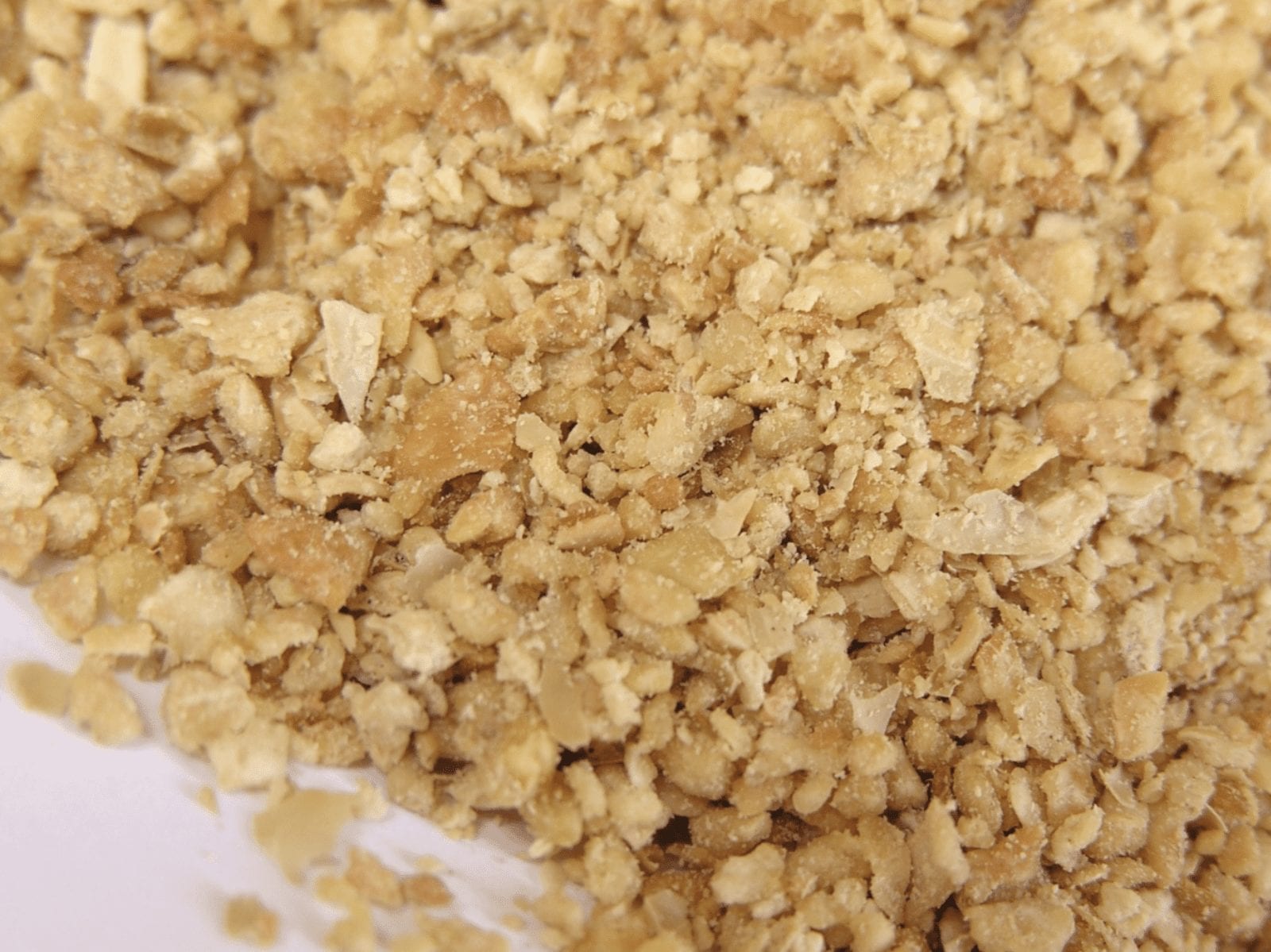There are many differences in protein nutrition in animal production. Why are nutritionists more focused now on amino acids in animal feed formulation and what do they consider with amino acids in meal decisions? This three-part series breaks down why focusing on amino acid balance will allow for a more cost- and time-efficient animal.
To see earlier parts of this series, click here.
When it comes to sourcing meal for its amino acid composition, location is important. Not all soybean meal is created equal.
Soybeans produced in Brazil typically have higher protein levels across the country than in the United States. The closer to the equator when producing soybeans, the better the protein content produced. Recently, however, countries closer to the equator like Argentina have been exporting their own beans to China and purchasing U.S. soybeans for their crush supply to support the growth of their domestic livestock industry. This could be because of amino acid levels found in U.S. Soy.
A 2016 study from the University of Illinois researched the effects of the origin of soybean meal on the digestibility of amino acids and found U.S. soybean meal has more digestible amino acids than other origins.2 The study also noted the calculation of the concentration of digestible amino acids in soybean meal is remarkably constant within the U.S, no matter which region of the country it comes from.
“We observed the digestibility of amino acids in soybean meal from China and the U.S. is greater than from the other three countries,” says Hans Stein, professor of animal nutrition at the University of Illinois who conducted the study. “However, there are less amino acids in Chinese [beans] compared to U.S. soybeans. You don’t really need high protein soybean meal. We need soybean meal with high concentrations of amino acids and specifically digestible amino acids.”
At a recent USSEC conference, Dr. Gonzalo Mateos, who works in animal production at the Universidad Politencica de Madrid, shared his thoughts on why he feels U.S. feed production is superior. “Today, energy ingredients are very expensive. Everybody believes that soybean meal is the same. So in the past, no one was asking for the origin; they were looking at the protein content.”
Mateos sees a need to change this common misconception. He continues, “Today, what we are working on is to tell the people, ‘You cannot buy soybean meal based on protein. You have to buy it based on amino acids, based on the quality of those amino acids, and base it on the potential energy content of the soybean meal, which is different.’”
Origin matters. “You cannot have the same value of soybean meal from different origins,” Mateos says. “Today what we are looking at are the small details. Today you look at more things besides just the chicken, such as the environment and sustainability.”
U.S. seed companies are also starting to cater to amino acid needs through new seed breeds. There is currently research developing value-added soybean varieties with higher levels of methionine and lysine. Those new varieties will lower feed costs by improving the amount of metabolizable energy and decrease phytate levels by manipulating carbohydrate levels in meal. Lower phytate levels will also decrease the amount of supplemental phosphorus added to animal diets, which in turn decreases the amount of phosphorus released into the environment through animal manure.1
When purchasing ingredients for formulating animal feeds, focusing on amino acid nutrition and balance is important. Whether meeting amino acid needs naturally or with synthetics, nutritionists should consider price, availability and outcome. U.S. soybean meal is higher in amino acid content and meets the needs animals have in many different situations. Despite the complexity of different options, when choosing location and type of protein source, there are certain things buyers can look for.
“No matter where you are, you want to look at things like quality,” says Dr. Scott Carter, an animal nutritionist who has spent his career focused on formulating animal feed. “Quality can have a couple of different meanings, from digestibility to removal of toxins like mycotoxins, mold or fungi or knowing if it is routinely tested. You should consider protein content and specificlly amino acids content. And the consistency of supply and nutrition is important no matter the ingredient.”
Carter concludes, “U.S. soybean meal typically has the amino acids, protein quality, reliability and dependability that hits all the marks of a high quality ingredient that international buyers should be looking for.”
